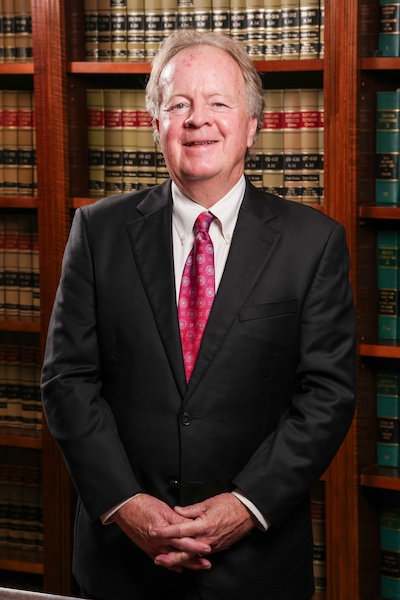 Periodically liability insurers fail to appreciate the potential of a given lawsuit to produce a verdict greater than the insurance coverage protecting their insured. The case goes to trial without an offer sufficient to settle the matter or alternately to exhaust the policy limits of the at-fault party and a judge or jury returns a verdict that is greater than the policy limits.
Periodically liability insurers fail to appreciate the potential of a given lawsuit to produce a verdict greater than the insurance coverage protecting their insured. The case goes to trial without an offer sufficient to settle the matter or alternately to exhaust the policy limits of the at-fault party and a judge or jury returns a verdict that is greater than the policy limits.
As an example of just such a case tried by Clark and Steinhorn partner, Bob Clark several years ago; victim F was injured in a crash in Prince George's County, Maryland wherein the liability or legal responsibility was hotly contested by the defendant's insurer, State Farm as well as the nature and extent of the injuries sustained as a result of the crash.
State Farm sent the plaintiff to a highly decorated defense expert and was confident that they would prevail on liability and if not, at least would limit any damages awarded to the injured party.
In a folly, State Farm offered the plainitiff nothing whatsoever and the case went to trial. At the conclusion of the trial, the jury went out to deliberate and after two hours informed the trial judge that they needed more time to reach a verdict and were sent them home for the evening.
Bob approached the defense lawyer and suggested that if the jury hadn't rendered a defense verdict after two hours of deliberations it was unlikely that they were coming back the next day to do so. Defense counsel agreed and said he would obtain some settlement authority overnight and see what could be done to settle case the next morning.
The next morning arrived and State Farm's attorney informed Bob that he could now offer six hundred dollars to settle. This sum was obviously not calculated in good faith to settle the case and several minutes later the jury asked for a calculator, which sent the defense lawyer into a panicked phone call to obtain more authority to resolve the case.
Ten minutes later the jury returned a $156,000.00 verdict in a case where the at-fault driver had only $100,000.00 in liability coverage.
This is by definition an " excess verdict" as the verdict is in excess of the available liability coverage amounts and the at-fault party is left financially responsible for at least that portion of the verdict that is greater than their coverage.
As one can imagine this situation was not a happy one for the at-fault party, who stood personally responsible for $56,000.00. Fortunately for the at-fault driver, State Farm made no effort to either settle the case or actively warn the defendant that he could be personally responsible for portions of the verdict.
It appeared that State Farm had not acted in " good faith" and they promptly paid the injured plaintiff $156,000.00.
As one can imagine there is not great enthusiasm on the part of insurers for paying more than their policy limits on cases but the applicable case law made it clear that in this instance State Farm was not acting in " good faith" in its actions. Ironically, the case law in question emanates from a 1967 case entitled State Farm v White, which suggests that perhaps this behavior is not unprecedented.

